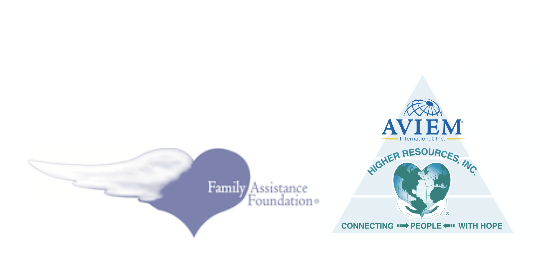| | | | Raising Awareness in a New Field: The Role of Unmanned Aircraft Systems in Crisis Response Written by: Carolyn V. Coarsey, Ph.D.
| | | |
The Family Assistance Education & Research Foundation is dedicated to learning all that we can about helping survivors of traumatic loss in the workplace. Many times, we are learning from survivors about past events that have significance in our planning for response to future events. Other times we are learning about something new that will help us as we move forward in planning, strategizing and preparing for times ahead. At the 2021 Member-Partner Meeting, September 29-30 in Boise, ID, we will learn about the use of drones in emergency management. Attorney Grant Guillot will share about the history of drones and highlight its relevance to our field of crisis response. Due to their cost-saving, risk-reducing, and efficiency-enhanced attributes, drones are being utilized exponentially in numerous industries. With evolving drone regulations in the works that will make drone deliveries commonplace, the use for drone crashes and resulting crises have increased considerably. At the same time, drones are being used to provide augmented disaster relief and emergency response operations.
Multiple Uses for Drones in Emergency Management Due to their speed and agility, drones are likely to be used in emergency situations and natural disasters of all kinds for years to come. -Francesca Oliver, “Six ways drones are helping in emergency response”, October 20, 2020 Floods: Drone observations can assess direction flood is heading. The aerial images can make clear the best routes to lead evacuations and clearest paths for rescuing people by boat. Earthquakes: The 2008 Sichuan earthquake was one of the most destructive earthquakes in history; many buildings and bridges collapsed. Rescue teams used drones to identify routes that were unusable due to the caved in tunnels or bridges that had given way. They were also used to identify population-dense buildings that had collapsed, such as schools and hospitals, so that rescue teams could effectively target priority areas.
Search and Rescue: In natural disasters such as earthquakes, or in devastation caused by explosions, people can be trapped under rubble. In floods people may be trapped on roof tops or tops of buildings. Drones are able to help locate these people for rescue. Delivery of Emergency Supplies: While roads, rail, and water can be transient, the air is nearly always accessible. Essential items such as food, water or life-saving medical supplies can be delivered by drones. Drones carry out their work while keeping additional personnel away from potentially dangerous areas. In the Scottish Highlands, with the world in the grip of the global COVID-19 pandemic, PPE supplies and COVID test kits were delivered by drone in a reduced time from up to six hours by road and ferry to just 15 minutes by drone.
Disaster Recovery: Drones can assist in the safe inspection of infrastructure, so that repairs can be made more quickly than if they were done using traditional methods. Use of drones also means that no one must enter fragile areas, not yet safe for workers.
Situational Awareness: Drones are increasingly being used to assist emergency services with situational awareness—whether that is assessing the scale and impact of a disaster, managing traffic flow after a road traffic collision, or monitoring an ongoing fire emergency. Aerial images from drones can help build a picture of the emergency during or after the event, so that the true case and impact can be explored. Due to their speed and agility, drones are likely to be used in emergency situations and natural disasters of all kinds for years to come.
Interact with a Subject Matter Expert There is much to learn about this new technology and how it will affect the world of emergency management. Those who attend the meeting either in person, or virtually will have an opportunity to ask questions and receive information about this fascinating subject and learn about future uses and applications of the role of “Unmanned Aircraft Systems in Crisis Response.”
| | | | For more about the Foundation and our upcoming Member-Partner Meeting and other programs, please contact Cheri Johnson, cheri.johnson@fafonline.org or visit us at fafonline.org. | | © 2021 Higher Resources, Inc./Aviem International, Inc. | | | | | | | | | | | | |













































